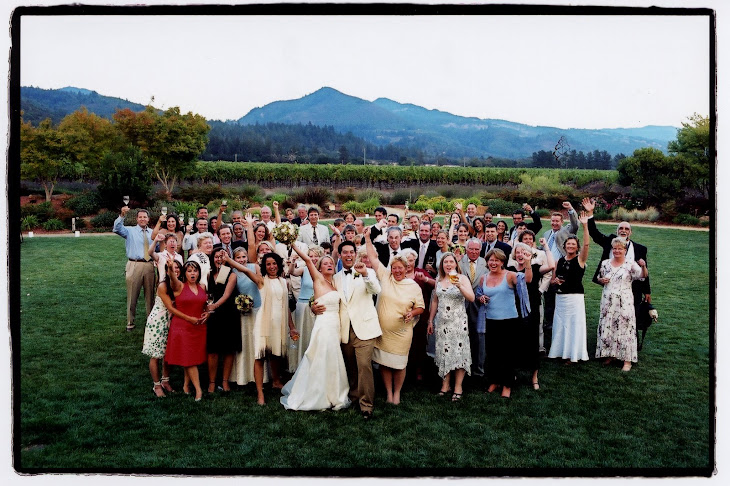More than 50% of the weddings I officiate
are inter-faith. While the vast majority
of those couples no longer practice the rituals of the faith in which they were
raised and now identify as “spiritual,” it is interesting to see how long
presumed dormant “buttons” are pressed in the planning process.
I recently came across this NYTimes article on inter-faith marriage and am intrigued with the author’s
findings. You might be, too. . .
Enjoy!
LIKE Hanukkah and Christmas,
Passover and Easter, which recently coincided, can make for awkward moments for
families that observe multiple religious traditions. For interfaith couples,
the wedding season can also be a time for uncomfortable conversations: Who will
solemnize our ceremony? Will God be mentioned — and if so, whose? Oh, and how
will we raise our kids?
Before the 1960s, about 20 percent
of married couples were in interfaith unions; of couples married in this century’s
first decade, 45 percent were. (My definition includes Catholic-Protestant
unions, marriages of mainline Protestants to evangelical Christians, and unions
of those who affiliated with a religion and those who didn’t.)
Secular Americans welcome the rise
of interfaith unions as a sign of societal progress. The relatively high rates
of intermarriage of American Muslims, for example, suggest that their
assimilation might resemble that of American Jews of earlier generations.
Even so, interfaith marriages often
come with a heavy price. They are more likely than same-faith unions to be
unhappy and, in some circumstances, to end in divorce. They also tend to
diminish the strength of religious communities, as the devout are pulled away
from bonds of tradition and orthodoxy by their nonmember spouses.
In 2010, I commissioned the polling
firm YouGov to conduct a nationally representative survey of 2,450 Americans,
adjusted to produce an oversampling of couples in interfaith marriages. It
found such unions were becoming more common, without regard to geography,
income or education level.






